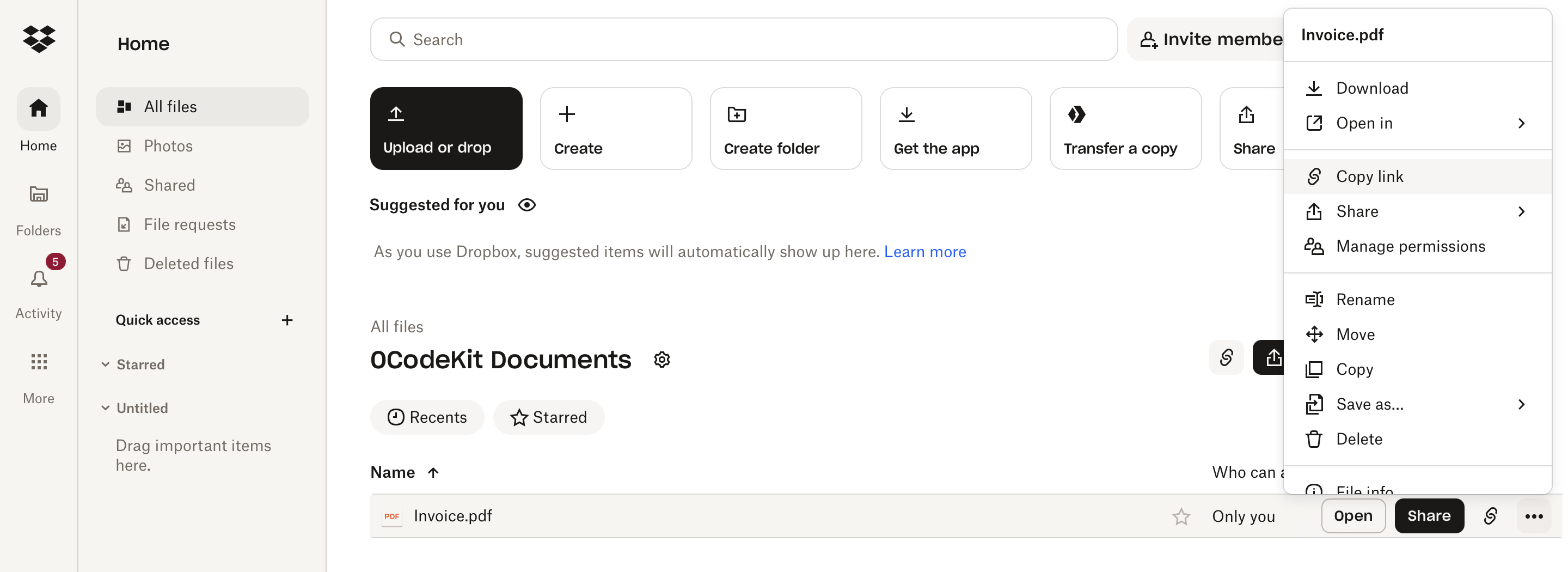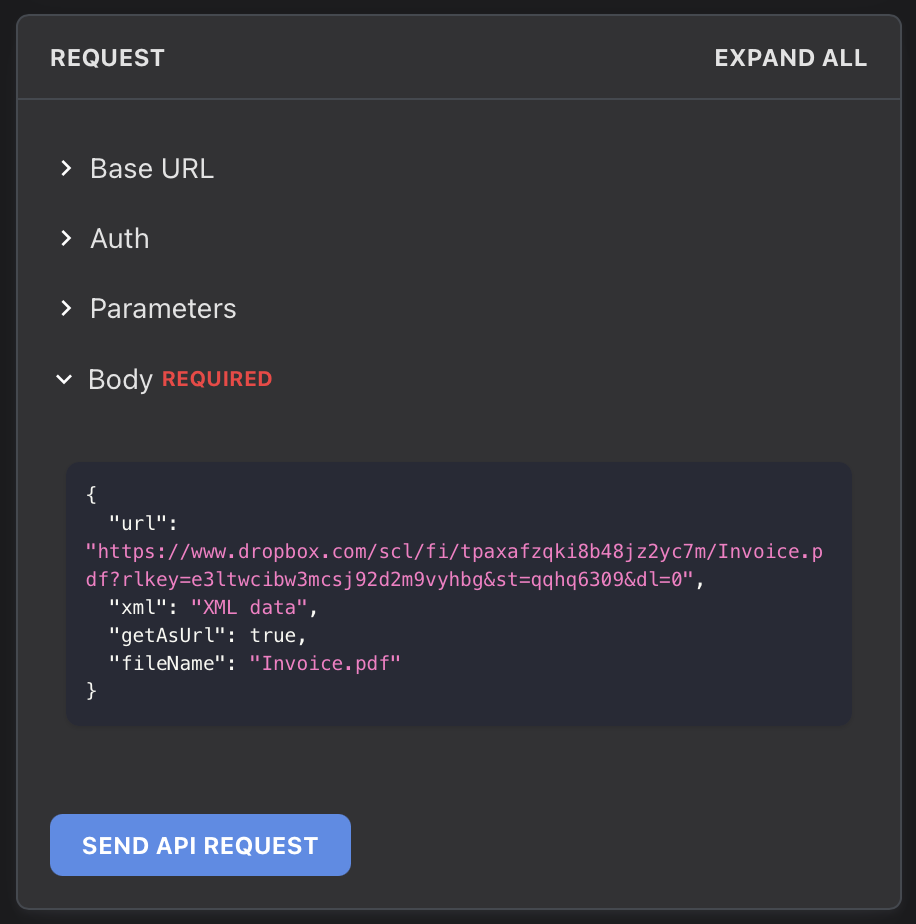October 2025 Endpoint of the Month


In 2014, the European Commission published Directive 2014/55/EU, which established a common European standard for electronic invoicing to be adopted by 2026. Since then, France and Germany have developed e-invoicing standards that align with this directive. With 2026 rapidly approaching, EU companies should be in the final stages of integrating these systems into their operations.
If not, we have the perfect feature to complement your e-invoicing system. With our Embed a Factur-X/Zugferd XML into an Existing PDF feature, users can embed an XML invoice into a PDF file that is not yet a Factur-X or ZUGFeRD invoice. Additionally, the endpoint validates that the XML is valid. In order to create a valid Factur-X or ZUGFeRD invoice, the user must guarantee that the provided PDF is in PDF/A format.
First, users need to upload the PDF invoice to a cloud storage provider, such as Dropbox or Google Drive, and then copy the link to the PDF.

Next, users need to set up the endpoint by filling in the required fields.

*This can be done via automation platforms like Make, n8n, and Zapier, or by making a simple API call.